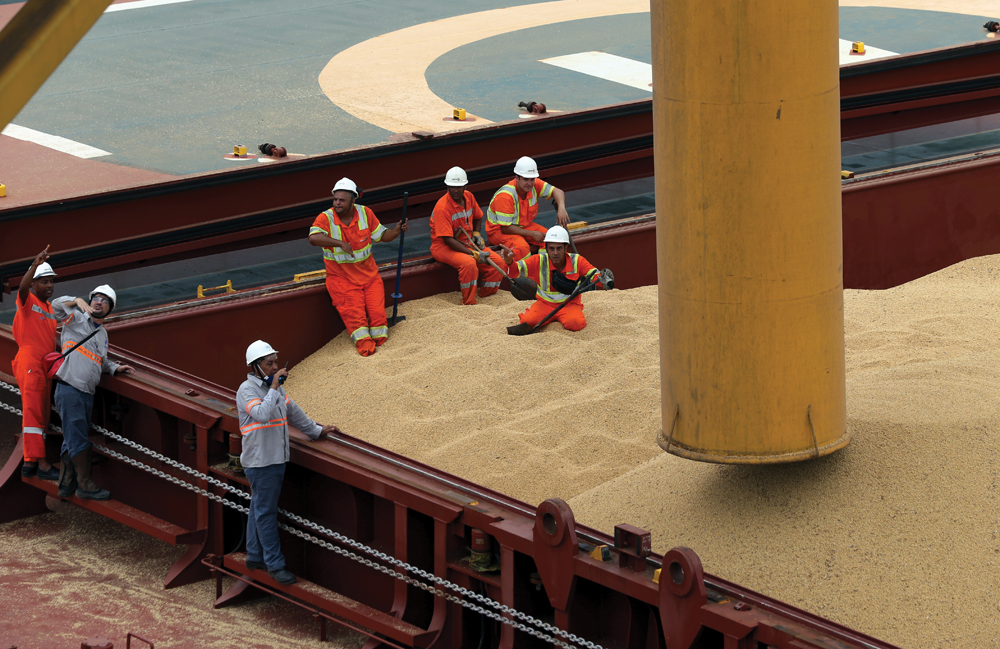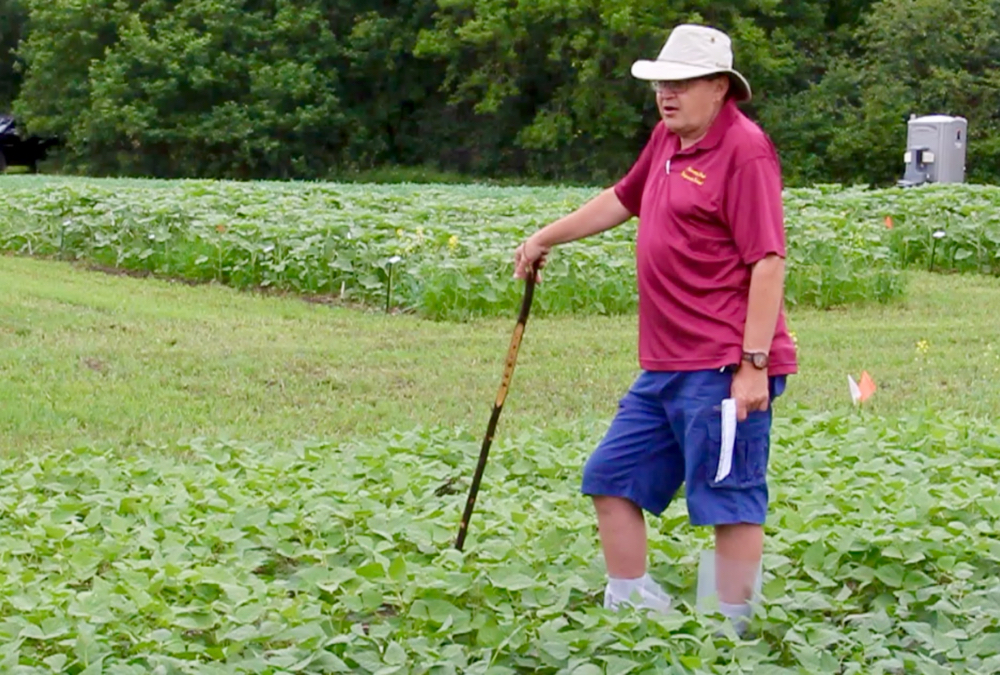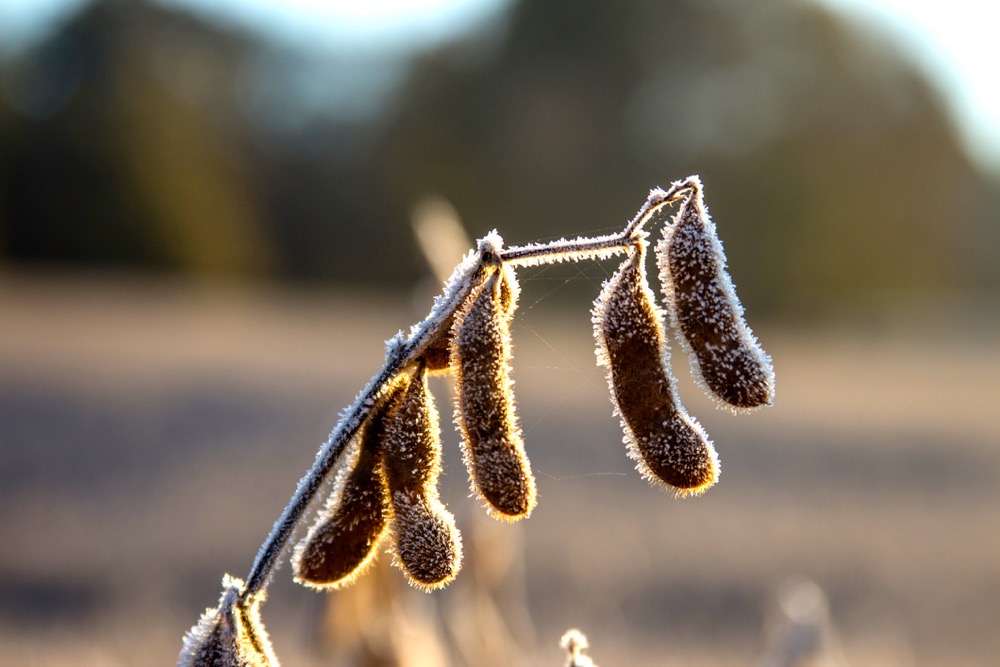The worst outbreak in 16 years of the crop-devastating soybean sudden death syndrome (SDS) disease in Iowa is capturing the attention of the market but it is too early to determine the extent of losses.
“It’s just starting to unfold; we work with a lot of grain elevators across Iowa and the Midwest. It is not yet seen by them as a huge factor, but it is something to keep an eye on,” said Don Roose, president and analyst of U. S. Commodities, West Des Moines, Iowa.
Read Also

Still hard to predict precise fertilizer payback
Despite decades of advances, international research finds no clear answer for where and when adding nutrient will fail to boost growth.
Iowa State University extension plant pathologist XB Yang released a bulletin Aug. 13 stating the disease was widespread in Iowa, the U. S. soybean state, the worst since 1994.
“Severely infested soybean fields can be found in every region in Iowa,” said Yang.
Excessive wet weather is the culprit, meaning it is likely to show up in other wet spots besides Iowa. SDS appears as spot brown patches on leaves and causes plants to defoliate.
Soy yield losses vary from field to field, generally severe SDS can lead to losses of 10 bushels an acre, according to Iowa State University research.
Iowa had its wettest June in history and its fifth-wettest July. August also is shaping up to be historically wet.
“Basically anywhere north of Interstate-80 there could be a problem. That’s where the wet weather has been, extending into northern Iowa, Minnesota and Wisconsin,” Roose said.
Yang said measures should have been taken early in the spring to prevent the disease. While the excessive rainfall in June and July contributed to the disease, Yang said spring and June conditions this year were the key to setting up this epidemic.














